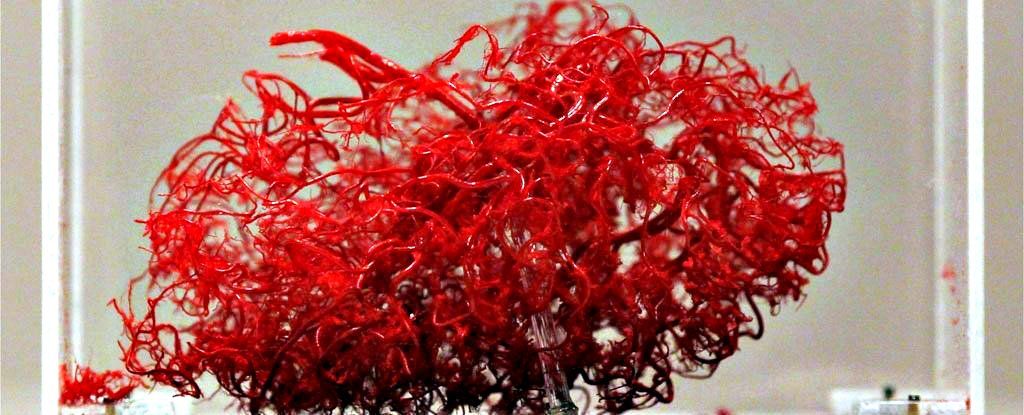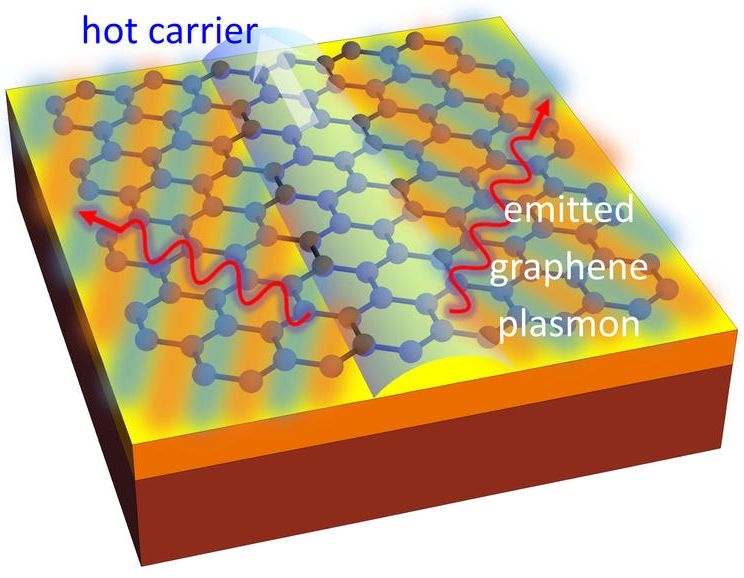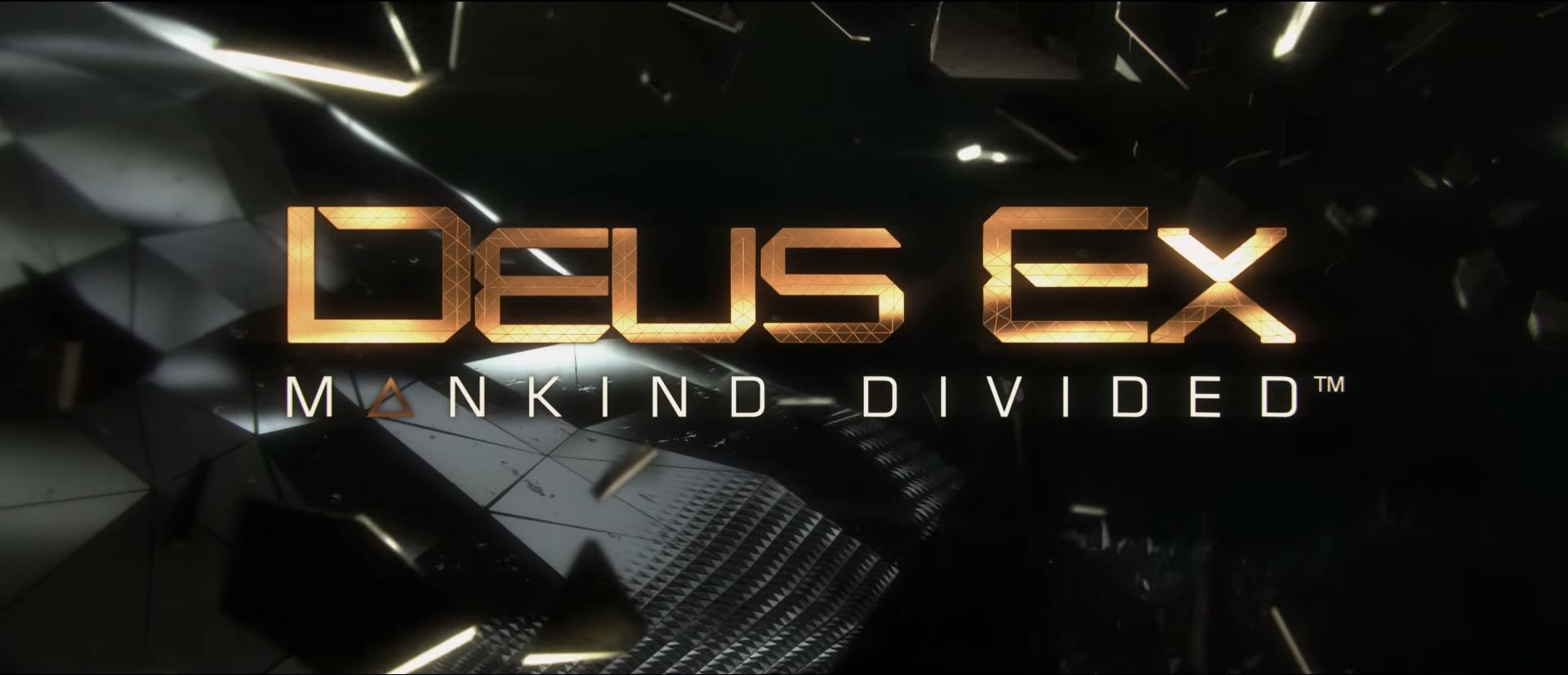Jul 1, 2016
Physicists have discovered what looks like an entire family of new particles in the LHC
Posted by Andreas Matt in category: particle physics
Physicists working with the Large Hadron Collider beauty experiment (LHCb) have discovered what appears to be an entire family of new particles that our current physics models can’t explain.
The existence of these new forms of matter, known as tetraquarks, challenges our current understanding of the role they play inside the protons and neutrons that make up atoms — the fundamental building blocks of everything we know and love in the Universe.


















